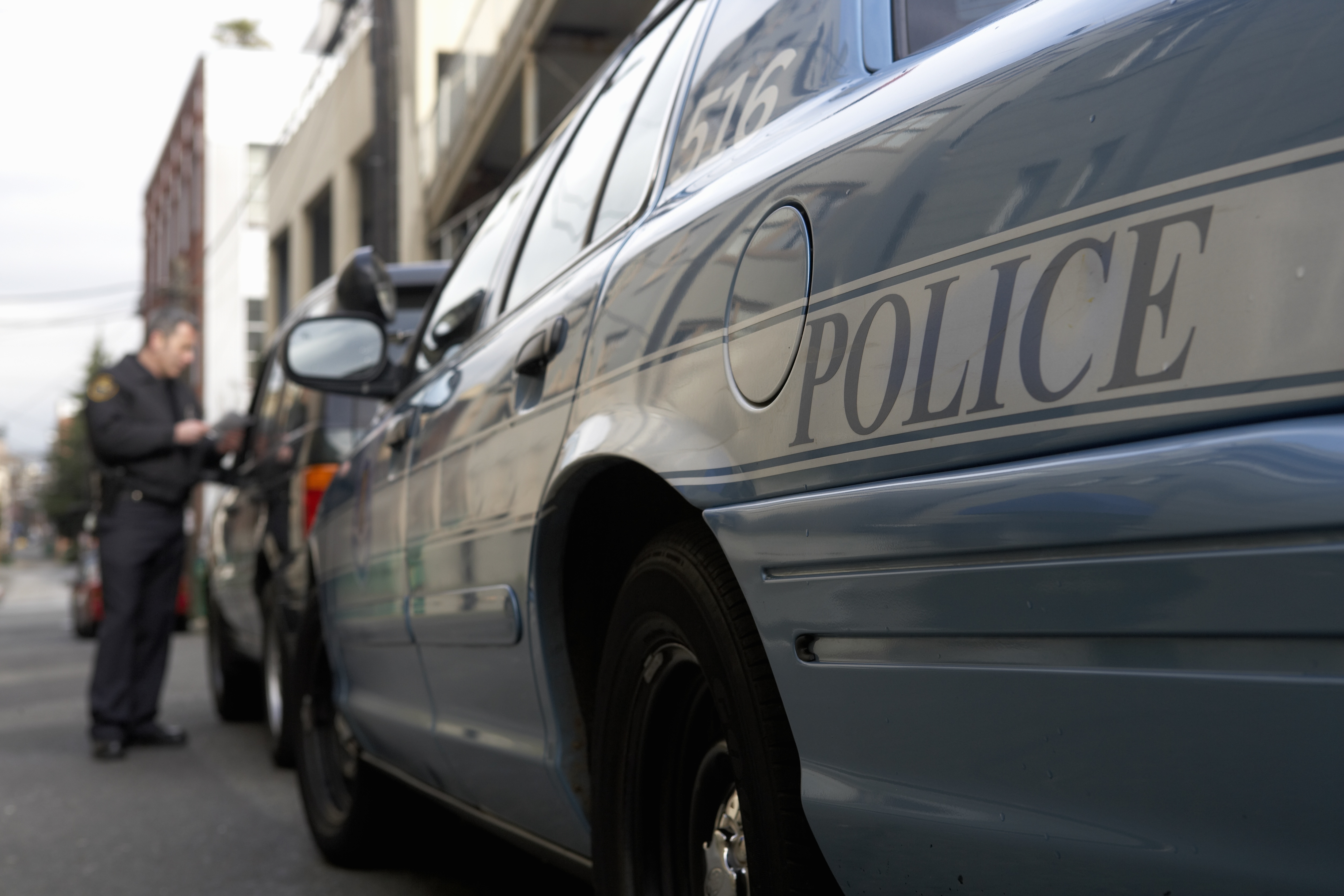Connecticut residents got their first look today at statewide statistics on police use of force in a report from the Institute for Municipal and Regional Policy that shows the biggest cities with highest number of arrests – Bridgeport, Hartford, New Haven, and Waterbury – have the most incidents.
But IMRP Associate Director Ken Barone cautions that next year’s analysis will better show how law enforcement around the state employs use of force, thanks to a new reporting system that went into effect July 1 providing guidance on what constitutes force and requiring details about incidents.
Prior to July 1, Barone says, departments had no standardized way to report such data or policy about what constitutes a reportable incident. Some departments noted as force every time handcuffs were placed on a person, while others considered force as only incidents that were more serious like when an officer struck the subject with a hand or fist.
“Part of what this report does is illustrate a need for a standardized comprehensive system to be implemented statewide,” says Barone, who co-authored the report for IMRP, an institute in UConn’s School of Public Policy since October 2021. “We used this report to figure out what information we don’t have and determine what we really need. From that, we used it to design a state-of-the-art reporting system that we trained every single police department on this spring.”
Despite reporting disparities among departments, this year’s analysis, which uses data from 2019 and 2020 from 60 departments and was presented today to the Police Officer Standards and Training Council – the group tasked with training officers and developing policing standards in the state – says there were 1,261 incidents over the two years, involving 1,315 people.
The average number of submitted reports was 21 per department, and of the municipal, state, and special police departments that submitted incidents, the report says the majority, or 26, had fewer than five incidents; 17 had between five and 10; 17 had between 11 and 100; and four had more than 100. Bridgeport was the highest with 264, Waterbury with 229, state police with 181, New Haven with 161, and Hartford with 91.
“One of the biggest takeaways I have from this report is that 40 percent of individuals who force is used against are identified by the police as being in mental health crisis. They’re either described as emotionally disturbed or suicidal,” Barone says.
This is important for policymakers to know.
“From this information they can ask whether we’re providing the right services to individuals who are in mental health crisis. Are police responding in a way that is most effective for that population? This report doesn’t answer those questions, but what it does is lay out a series of areas to explore with better data and from there that information can be used to guide how the state and localities set policy or allocate resources,” he says.
The new reporting system requires departments to note more than just the type of force used, such as a hand or fist strike, and asks for more detail, including how many times the person was struck, what part of the body was hit, why the incident escalated to a strike, and what the person’s response was to the force being used. That type of information, Barone says, was not sought prior to this summer.
“Another big takeaway in the report is the vast majority of people involved in a force incident were unarmed,” he says. “Also, based on the information that was reported to us, force is used only about 1 percent of the time when compared to all arrests. There are 70,000 to 85,000 arrests a year in Connecticut – a number that decreased in 2020 during the pandemic and affected the data in this report – and there are an estimated 2,500 force incidents a year. Force isn’t widely used, and, I think, that’s a good thing.”
This report, which will become an annual release, is the result of police reform legislation in 2019 that preceded a larger police accountability bill approved in 2020 following the death of George Floyd. The latter bill also included language to create the new standardized reporting system.
The report also stems from an earlier IMRP effort in 2015 that looked at police data on the use of Tasers in Connecticut. Barone says that in reviewing that data, IMRP realized it needed to consider Taser use in the full context of all use-of-force incidents to answer questions like whether Tasers are reducing the need for physical force or brandishing a weapon.
After passage of the 2019 bill, Connecticut became one of the first states to require the reporting of use-of-force incidents, Barone says; following Floyd’s death, nine other states joined with Connecticut and New Jersey.
“Connecticut is driving toward being more transparent about interactions that law enforcement has with the communities they serve,” Barone says. “Although those interactions can sometimes be uncomfortable and sometimes they don’t go well, at the end of the day we’ve largely found that collecting data and presenting it to the public in an appropriate manner will lead to improved trust between law enforcement and the communities they serve.”
He continues, “People are surprised that in 2022 we’re just starting to collect this data. What’s even more surprising is Connecticut is one of the first states to do this. Nationally, it’s just something that does not occur. That’s largely because policing across the country is such a local function of government. Locally, departments collect force data the way they want it and the way they feel they need to look at it. But that data is not typically reported to a state repository for the purpose of trying to understand overall policing patterns and to try to guide statewide policies.”



